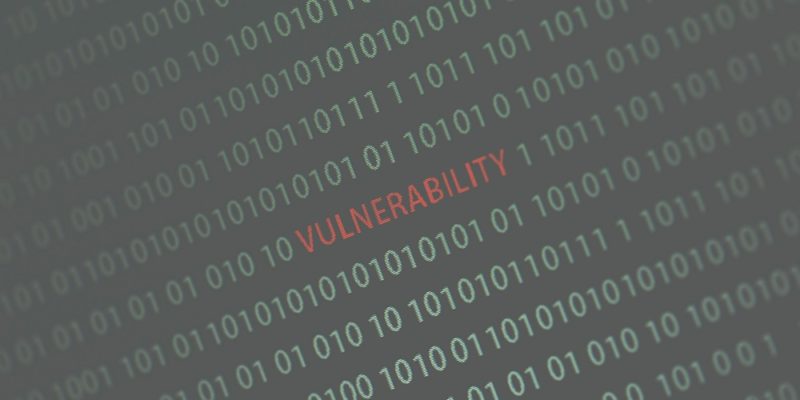 Iranian APT group launches destructive attacks in hybrid Azure AD environments
Iranian APT group launches destructive attacks in hybrid Azure AD environments
Recent destructive attacks against organizations that masquerade as a ransomware operation called DarkBit are likely performed by an advanced persistent threat (APT) group that’s affiliated with the Iranian government. During some of these operations the attackers didn’t limit themselves to on-premises systems but jumped into victims’ Azure AD environments where they deleted assets including entire…









